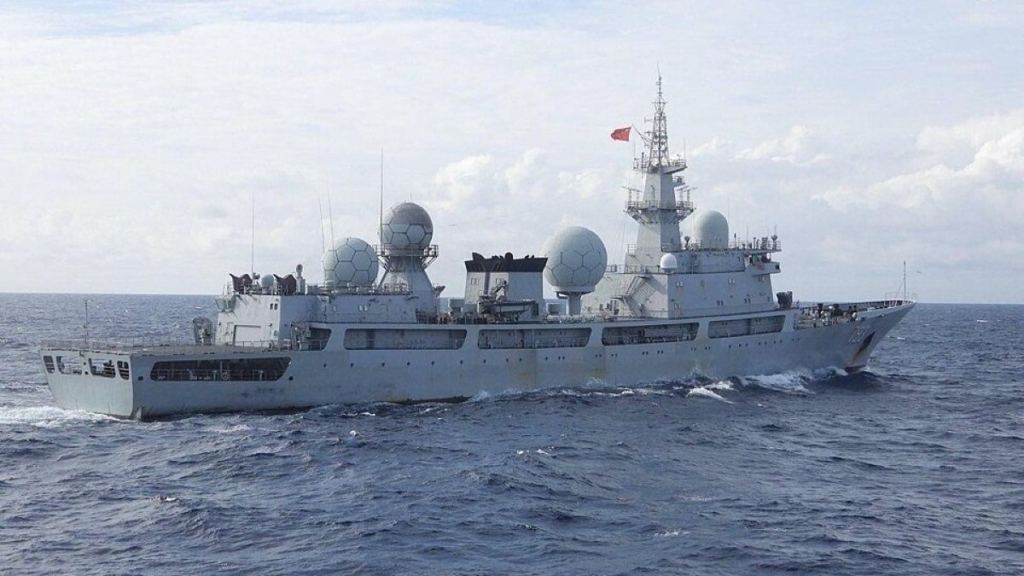
作者/Author(s): Gregory Poling
網站來源/Source: War on the Rocks
日期/Date: 07/25/2025
關鍵字/Keywords: 軍事、南海、脅迫
摘要:
失效的戰略
- 中國目前在南海的實際控制範圍已不如2021年,甚至喪失了一些具象徵性、戰略價值或經濟利益地區的主導權。各聲索國也開始願意對抗中國的灰色地帶威脅,此舉打破了中國刻意避免升級衝突的循環。在多數情況下,中國會暫時退讓以降溫,但又會在其他區域重新啟動脅迫行動。
- 雖然東南亞國家不斷面臨中國的施壓行動,但仍成功擴大了石油和天然氣的勘探。印尼、越南和馬來西亞政府均部署海岸警衛隊,巡邏和保護勘探船和鑽井設施。
- 與中國衝突最嚴重的菲律賓曾大膽反擊,成功突破中國海軍的封鎖,為仁愛礁運送補給。面對日益危險的對峙情勢,菲律賓更曾威脅啟動美菲共同防禦條約,並與其他西方國家建立新合作關係,同時成功促使多國公開譴前路崎嶇?
前路崎嶇?
- 只要習近平當家,中國就不會妥協,但他們也希望防止與其他南海聲索國發生衝突升級。
- 然而,若中國判斷動用軍事力量所能獲得的利益大於代價,它仍可能採取軍事衝突升級。如此一來,美國極可能被捲入南海衝突。
- 最理想的情境是維持現狀,直到習近平或後面的領導人能找到折衷方案。
Summary:
A Faltering Strategy
- China did not control as much territory in the South China Sea as it did in 2021 and even lost some areas to other claimants, particularly in regions with symbolic, strategic, or economic significance. The claimants are also willing to stand against Chinese gray zone coercion, thereby breaking the cycle of escalations that China has sought to avoid. In most cases, China backed off to partially de-escalate, only to start the cycle in other areas.
- Southeast Asian countries succeeded in expanding their oil and gas exploration despite Chinese pressure campaigns. Indonesian, Vietnamese, and Malaysian governments had deployed their coast guards to patrol and protect exploration ships and drilling facilities.
- The Philippines, which clashed with China the most, had been bold in countering Chinese intimidation and broke through Chinese naval blockades to supply its posts in the Second Thomas Shoal. The Philippines also threatened to invoke its Mutual Defense Treaty with the U.S. in light of more dangerous encounters, formed new partnerships with other Western countries, and persuaded many countries to criticize China's behavior.
Rough Seas Ahead?
- China will not compromise as long as Xi is in power, but it also wants to prevent conflict escalation with other South China Sea claimants.
- However, if China deems the benefits of escalating to military force outweigh the costs, it will do so. In that case, it may draw the U.S. into a conflict in the South China Sea.
- The best scenario would be to maintain the status quo until Xi or his successor can find a middle ground.
